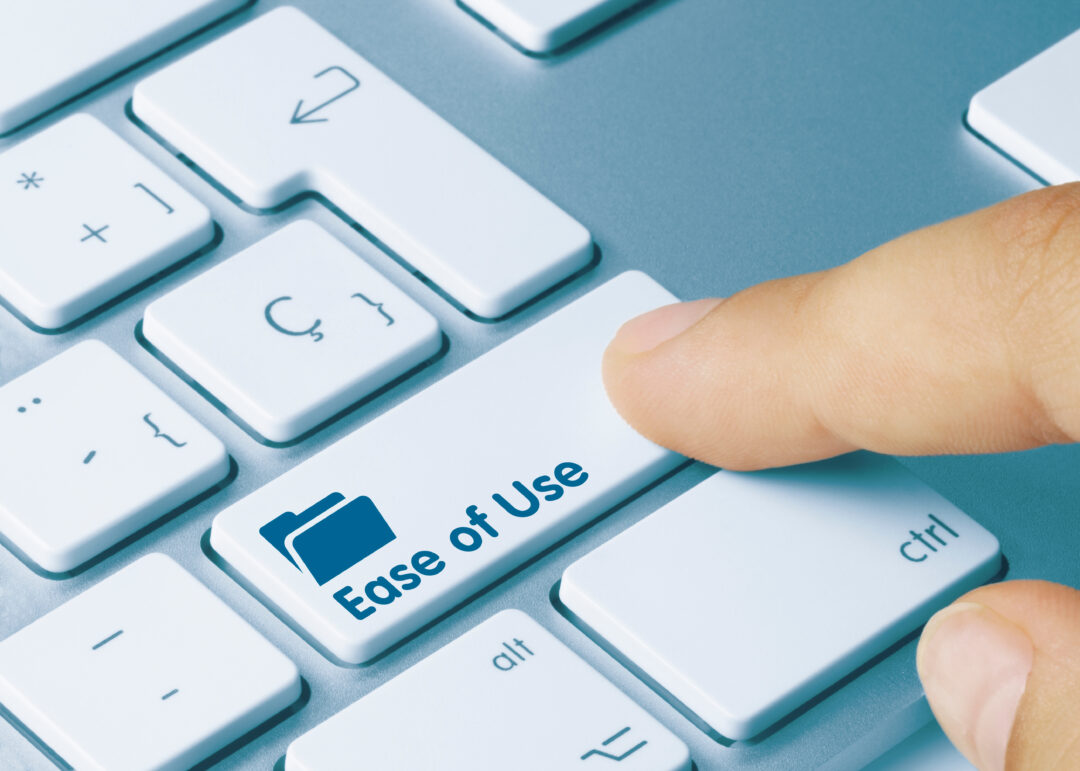7 Features of User-Friendly Software Solutions
Blog: Interneer blog
User-friendly software means how easy to use is the software. Navigation is very important as it determines the person’s journey through moods while using the software. The user-friendliness of good software can be defined through the user interface the smooth flow of the software design.
If your software isn’t user-friendly, it can actually take more time to use the software than to pick up the phone or shoot out an email that accomplishes the same goal. So, users might totally bypass the system and do things the “old way”, rather than using that bright shiny system you paid so much money for.
Here are certain criteria that make software user-friendly.
1- Simple to Install
This applies to everything from operating systems to browser plug-ins. installation is considered to be the first point of contact for the users. Hence it is essentially important that the installation process of software must be user-friendly in nature. If the installation procedure of software is not user-friendly, then the existing users of the software are going to be jaded the second time they begin using that software again. Whether it is an operating system or a single client user application, the installation procedure should be simpler as well as properly documented. The moment the installation procedure becomes complicated, users start opting out of that software and use something easier.
2- Intuitive
if the graphical user interface of the software is not well thought of and properly executed, users will have to face issues in using that software. A well-designed graphic user interface can help in overcoming certain drawbacks of the software such as poor coding.
3- Easy to update
As with the installation, an application’s update process should be easy. If updates are complex, users will more than likely skip the process. This can often leave behind a trail of bad results, as many updates patch security holes, memory leaks, and other problems. Updates need to be simple enough to ensure that users continue to benefit from the hard work of the creators of the software. When users don’t update, thus exposing issues, the software becomes less and less reliable and secure.
4- Efficient
Along with a smooth update and installation process, the software also needs to be efficient. The software must be capable of meeting the requirements of its users. The software should not create any problems for its users in the completion of a task. In other words, software should not get in the way of completing a task, nor should it set up any roadblocks for users. The efficiency of a piece of software is tied up with its intuitiveness.
5- Easy to troubleshoot
No software is perfect. And when something goes wrong with a piece of software, it’s important that the end-user can call support and that support can resolve the issue. If the software offers nothing in the way of troubleshooting, how is the end-user or the administrator going to be able to keep the software running? There are also third-party tools that can be used. But again, depending upon a third-party debugging tool is not user-friendly.
6- Adheres to standards
Standards are created for a reason, to make interconnectivity between applications or hardware easy. Problems begin to arise when developers do not adhere to standards. When users are affected by a lack of compliance with standards, they’ll face an unfriendly experience trying to get their tools to communicate with tools that do follow standards.
7- Effective error handling
What happens when a piece of software encounters an error? Does it just go away without warning? Does it try to rectify the issue? Does it simply time out and then go on about its business? When a program comes across an error, it should make the error known, at least to the developers. It’s not the end users’ responsibility to report bugs but giving them the option to report bugs can go a long way toward helping that software improve. When a program runs into an error and simply bails without warning or recourse, users are left with their eyes bugged out and their hands in the air. At least let users know there was a problem and what they can do to help solve it such as sending a bug report to the developers.
A user-friendly software has to be easy to install and navigate. If a software or technology has all the features we covered above, we can say that it’s worth trying. Look hard enough, do your research, and you can find some truly life-changing technologies that will help you grow your company.
If you are a small and midsize (SMB) company in a highly regulated industry, we recommend a highly configurable QMS solution that does not require coding and is easy to use such as Intellect QMS. You can request a demo.
What’s Next?
Now that you have learned about the features of user-friendly software solutions, learn about the Best QMS Solutions in the Market Based on Customer Ratings.
![]()
Leave a Comment
You must be logged in to post a comment.








